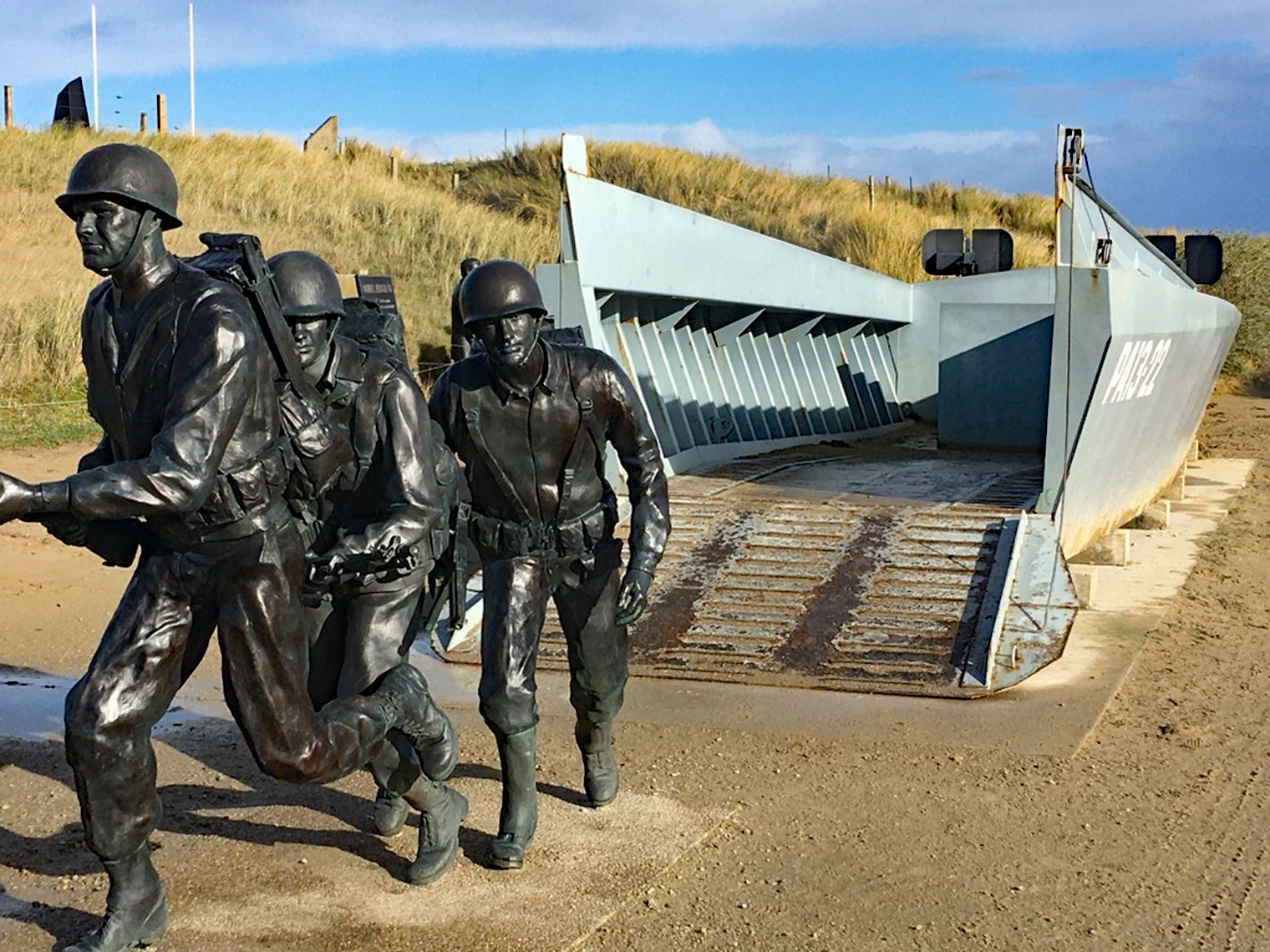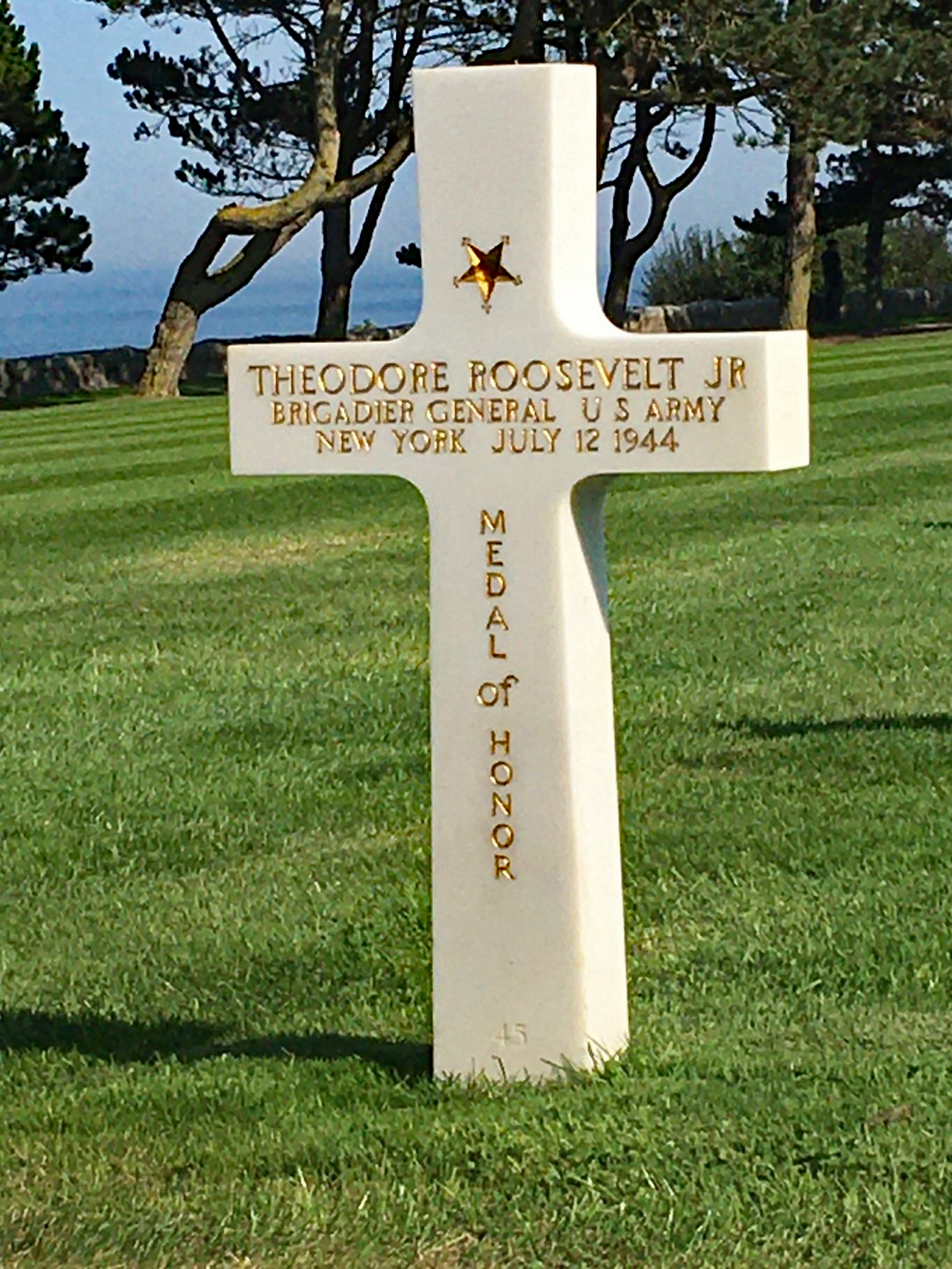Ted Talk – French History, Part III

Alexandria, VA – But first, a mea culpa.
I have written over 93 columns for Zebra, filing some 90,000 words over the past 12 years. In that time, I received three comments indicating errors I made in my columns. I’m sure I have more in The Last Word, but folks gave me a pass for one reason or another. Perhaps they figured it was a typo or didn’t have the time to call me on it. On two occasions, I responded via email, and matters were quickly put to rest.
This time I received a note from a reader who rightly wanted to point out my inaccuracies in October’s column on the History of France (Part II). Here is what I wrote. The reader’s corrections, in italics, follow. (Editor’s note: The reader’s comments have been edited for space.)
In 1814 a coalition of German, Austrian, Prussian, and Russian Armies got miffed and marched into Paris. They sent Napoleon into exile on the Mediterranean island of Elba, his old stomping grounds. Then the French installed yet another Louis, this time Louis XVII, but he was ten years old, and if you blinked, you would have missed his reign. Napoleon and a bunch of his old Army veteran buddies showed up in Paris and reinstalled him as Emperor.

Error #1: In the above paragraph, the relevant Louis should be Louis XVIII, not Louis XVII. In 1814, King Louis XVII was dead by nearly 20 years. Louis XVIII (1755–1824) was the brother of Louis XVI and King of France from 1814 to 1824, except for a brief interruption during the Hundred Days in 1815.
The Third Republic was France’s glory years. It expanded its colonial holdings in North America (Canada, part of the U.S.), Southeast Asia (Vietnam, Cambodia, Laos – AKA Indochina), South America, Oceania, the Caribbean, areas of China, South Asia (Indonesia), the Middle East (Syria and Lebanon), a bunch of Micronesian islands, portions of India, and ultimately over half of Africa.
Error #2: When the Third Republic (1870-1940) came into existence, the following events had already taken place many years earlier: French Canada was lost to the British after the French and Indian War, 107 years before the French Third Republic. The Treaty of Paris (1763) formally ceded Canada to the British.
France sold the Louisiana Territory to the US in 1803. During the Napoleonic Wars (1803-1815), France annexed most of the Netherlands, so Indonesia was technically a French colony for a few years. France seized the six Southern Vietnam provinces (Cochinchina) in 1864 and 1867 during the reign of Napoleon III.
To the gentleman who pointed these out and to all of you, dear readers, I send this apology. After six months in France, touring and researching the great events, people, arts, and culture, and attempting to learn a language as complex and intricate as English, I got some things wrong. I will add, however, that the history of France, with 71 kings (many Philips, Charleses, and Louis[1]), the constant back-and-forth wars with England (approximately 29 since 1109[2]), and the ebb and flow of Imperial France’s colonies due to armed conflict, treaties, or backroom business deals can cause one’s head to spin. I endeavor to do better.
Back to Ted Talks – French History – Part III
Now back to our story. After the Hundred Years War (1337-1453) [3] and the Thirty Years War (1618-1648), Europe figured shorter wars were less a drain on the country and found itself engaged in the Seven Years War in Europe or the French and Indian War (1756-1763) in America. The major players were Britain, Spain, and Prussia (later Germany) against France, Austria, Russia, and Sweden.[4] The war ended with two treaties being signed — the Treaty of Paris and the Treaty of Hubertusburg.[5]
Things went from chaotic to worse for France with the Franco-Prussian War (1870-1871). France lost big chunks of land that they really liked near Germany, and Germany became a real country under a guy named Otto von Bismarck instead of just a collection of “states.” To add insult to injury, Germany was created by proclamation in the Hall of Mirrors in the Palace of Versailles – in France.
All the crowned heads and their families in Europe spent the next several decades trying to one-up each other with colonial holdings and continued marrying off their kids to nobles in other countries to form alliances. This didn’t seem to work any better in the 19th century than it had in the past. The world became a maze of tricky alliances.

During a visit to Bosnia in August 1914, Archduke Franz Ferdinand of Austria and his wife Sophie were assassinated by 19-year-old Serbian nationalist Gavrilo Princip. This was the spark that mobilized all the allied countries and resulted in World War I.
WWI was the first “modern” war that annihilated an entire generation of humanity due in no small part to introducing modern technological weaponry to the battlefield and naïve adherence to 18th and 19th-century tactics by field commanders.
The learning curve was slow and costly. During World War I, military casualties were approximately 30 million killed or wounded on both sides; 18-20 million civilians were killed or wounded. It was a world war, but the lion’s share of the war was fought in France, scarring the landscape and its people for decades. Nearly every hamlet, village, town, or city has a monument dedicated to the “enfants de France” who died during that war.
France spent the next 20 years tidying up after the disaster. During that time, it enjoyed a renaissance of art, literature, music, theatre, and dance, including an infusion of many expats from the United States whose works were heavily influenced by France. Josephine Baker, Ernest Hemingway, Gertrude Stein, and F. Scott Fitzgerald were among dozens of Americans who rose to cultural heights due to their time in France. But the frivolity of the Roaring Twenties gave way to the Great Depression of the 1930s. Once again, France found itself as a major site for what became World War II.
Over the past six months I have walked many of the battlefields of France. Hollywood and the literary world have only scratched the surface of what happened there. Standing on the actual sites where our parents or ancestors served during World War II adds a powerful emotional dimension to visiting a historical site.

As a veteran, I probably have a different sense of what I observe than the casual observer. Strolling the 17 acres of the Normandy American Cemetery in Colleville-Sur-Mer amidst the 9,300 stone markers of the known Americans who died during the invasion is a moving experience. The bronze statue “Spirit of American Youth Rising from the Waves” depicting America’s contribution in blood and treasure to France stands guard over those monuments. The names may be unknown to many of us, except for 1st Lieutenant Quentin Roosevelt and Brigadier General Theodore Roosevelt, Jr., the two sons of President Theodore Roosevelt.[6]
Normandy is an important place in our family, too. My father and his cousins ̶ they were raised as brothers ̶ all served in WWII. Dad’s cousin, Donald Wideman, came ashore in Normandy in July 1944 with the 3rd Battalion 10th Infantry Regiment of the 5th Infantry Division. Young Private First Class Wideman was killed on 4 December 1944 and received the Distinguished Service Cross posthumously for his actions. He lies in Plot B Row 20 Grave 11 at the Lorraine American Cemetery in Saint Avold, France.
Donald spent the last five months of his life in the country where I now live. I guess it helps me understand just a little bit more what has drawn me to France.
Endnotes:
[1] There were eighteen (XVIII) Louis.
[2] Some multiple conflicts that have been counted as a “war” by various sources.
[3] It was tough keeping accurate records of exact dates for the Hundred Years War since there was the Black Death going on in addition to all that noise from armies marching around, all that armor clanging, shooting things over walls, and lots of yelling and screaming.
[4] The same Sweden that the world famously knows as “neutral” because of a major re-branding initiative.
[5] I bet there was a lot of diplomatic maneuvering to see who got to attend the Paris conference. The food and nightlife were better than Hubertusburg in Prussia.
[6] Quentin was lost in WW I and re-interred next to his brother Teddy, who died in July 1944 in Normandy.
ICYMI: Women Professionals Connect Over Coffee and Croissants at The Lloyd House




